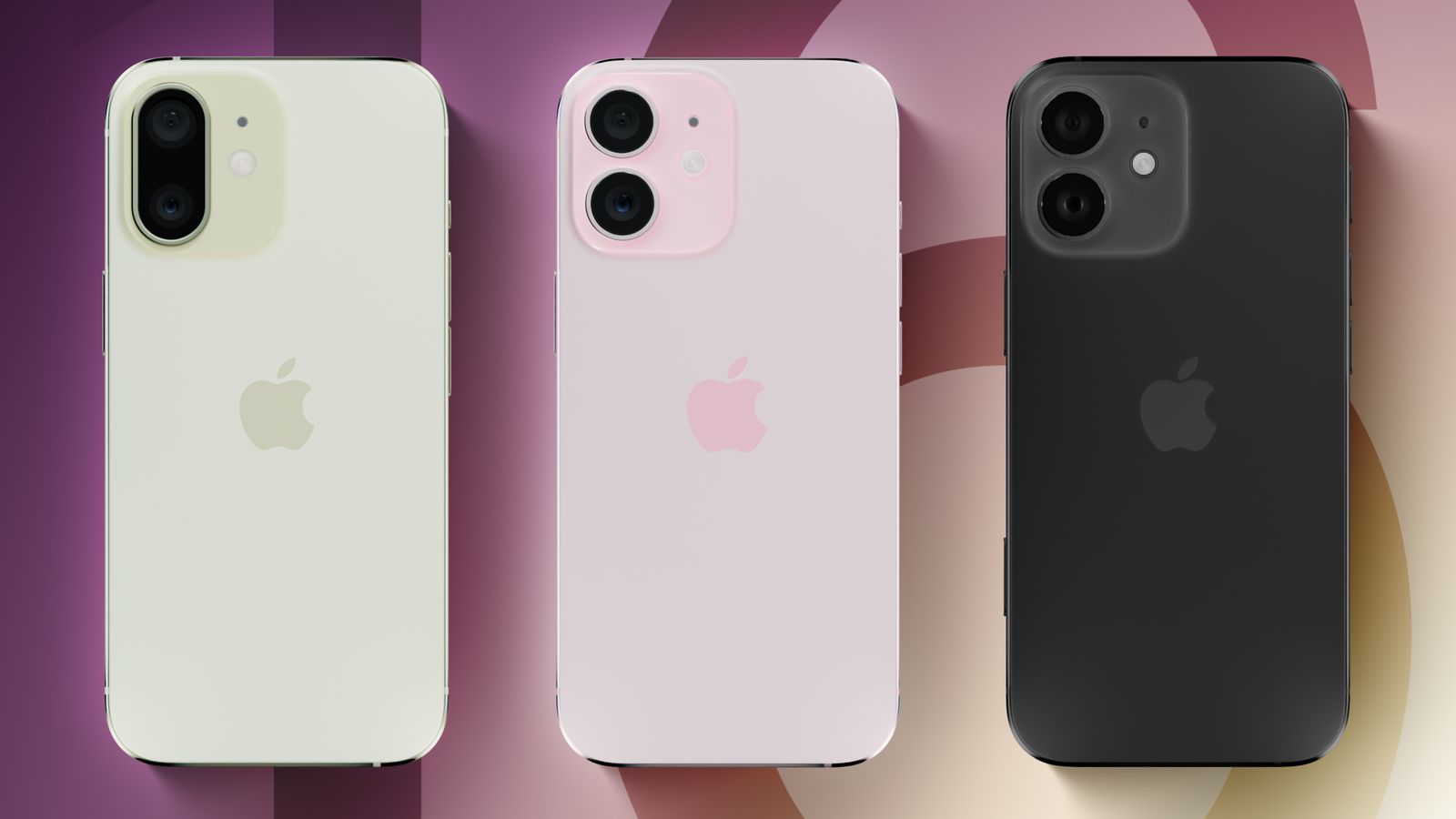

Apple is reportedly planning to use a new "super-hard" coating for the glass on the iPhone. The coating was initially intended for the iPhone 16 but won't be ready in time; the display protection, which is now expected to arrive on the iPhone 17, will add a "super-hard reflective layer" to Apple's flagship phone.
That’s according to leaker Instant Digital on Weibo, as reported by MacRumors, and it's not the same thing as the Ceramic Shield that Apple introduced in the iPhone 12. That glass, developed in association with Gorilla Glass creators Corning, promised to be tougher than any smartphone glass ever created and delivered better scratch resistance and drop protection. But if this new rumour is correct, it's going to seem like a scratch magnet compared to the new coating Apple's working on.
What do we know about the new iPhone 17 displays?
Not a lot. But what's being described sounds awfully similar to Gorilla Glass Armor, which Corning has supplied for the Samsung Galaxy S24 Ultra. That glass is claimed to be four times tougher than before, to reduce reflection by up to 75 percent compared to a normal glass panel, and to be considerably more scratch resistant too: Corning says that Armor is four times more scratch resistant than rival aluminosilicate glass panels.
It seems quite likely that the tech the leaker is talking about is the same tech that's in the Samsung, although for marketing reasons it's also likely that Apple will call it something else to make it sound like it's a different, Apple-grown tech: Apple's been using and investing in Corning glass for years and there are no indications that that happy relationship has hit any obstacles or could be coming to an end.
Meanwhile another report suggests that while the iPhone 16 won't get this new glass, it will get different bezels: SisaJournal says that the iPhone 16 will use a technique called Border Reduction Structure across all models to reduce the thickness of its bezels without compromising on their strength. The current iPhone range uses LIPO injection moulding, with BRS having been attempted in the past but put back due to heat issues; they appear to have been solved, and BRS will help Apple's plans to make the iPhone 16 displays bigger without also making the phones proportionately larger.
Get all the latest news, reviews, deals and buying guides on gorgeous tech, home and active products from the T3 experts
Writer, musician and broadcaster Carrie Marshall has been covering technology since 1998 and is particularly interested in how tech can help us live our best lives. Her CV is a who’s who of magazines, newspapers, websites and radio programmes ranging from T3, Techradar and MacFormat to the BBC, Sunday Post and People’s Friend. Carrie has written more than a dozen books, ghost-wrote two more and co-wrote seven more books and a Radio 2 documentary series; her memoir, Carrie Kills A Man, was shortlisted for the British Book Awards. When she’s not scribbling, Carrie is the singer in Glaswegian rock band Unquiet Mind (unquietmindmusic).
